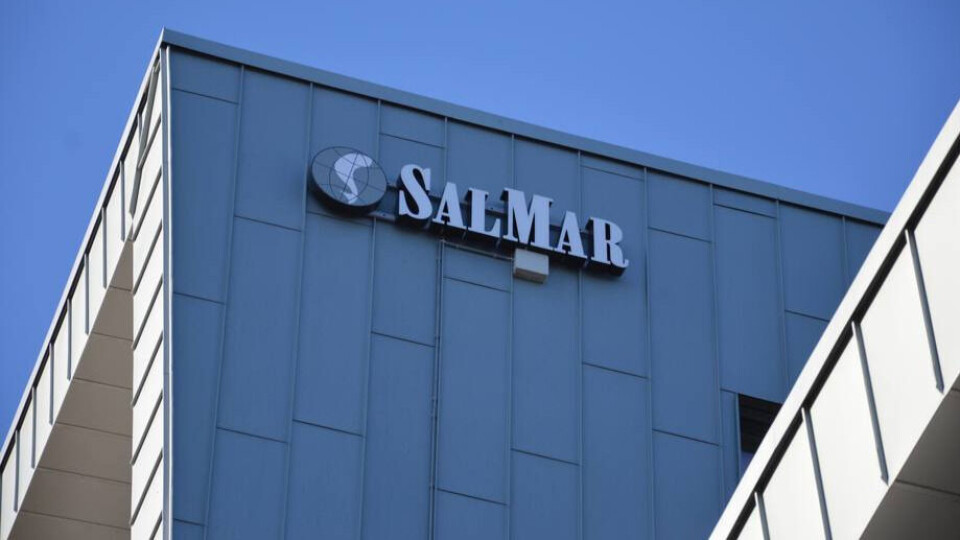
SalMar set to be world’s No.2 salmon farmer after agreeing NRS merger
SalMar has taken another step towards becoming the world’s second largest salmon farmer by agreeing a merger with Norway Royal Salmon.
The deal, which values NRS shares at 12.1% higher than their average closing price over the past 30 days, is conditional on NRS completing its planned acquisition of salmon farmer SalmoNor AS immediately prior to the consummation of the merger.
The merger is also dependent on all conditions for the completion of SalMar’s voluntary tender offer for the shares in NTS ASA being met or waived, or for the NTS offer to have been completed.
Shareholders of NRS will receive 0.303933 shares in SalMar and NOK 52.84 in cash for each share held in NRS, which in total provides the shareholders in NRS with an ownership interest of approximately 12.3% in SalMar upon completion of the merger, and the NTS Offer.
270,000 tonnes
Earlier this year SalMar secured binding commitments from NTS shareholders to sell it a controlling interest in the company. NTS owns SalmoNor and has a controlling 68% stake in NRS, which together produced around 90,000 gutted weight tonnes of Atlantic salmon in Norway and Iceland last year under their own names or through subsidiaries and have the potential for much more.
SalMar, which co-owns Scottish Sea Farms, produced around 182,000 gwt of salmon in Norway and Iceland last year. Adding the 90,000 gwt from the NTS salmon estate would lift SalMar above Cermaq, Lerøy and AquaChile into second place behind Mowi in the league table of the world’s biggest salmonid farmers.
Although SalMar would have gained control of NRS under the NTS acquisition, the agreed merger is likely to make integration quicker and smoother.
Improved utilisation
SalMar said the merger will allow for improved utilisation of the combined available maximum allowed biomass (MAB) and site portfolio as well as improvements in operations and cost.
NRS’s new smolt facility in Dåfjord outside Tromsø, together with SalMar’s development of the Senja 2 and Tjuin facilities will, together with the companies’ existing smolt capacity, be valuable resources that can ensure delivery of the right smolt at the appropriate time, which in turn will facilitate improved biological results throughout the value chain.
SalMar’s new processing plant on Senja, InnovaNor, will attain large additional volumes through the merger. This will allow economies of scale through improved capacity utilisation and logistics and reduce biological risk.
Both companies operate in the West Fjords of Iceland through Icelandic Salmon (controlled by SalMar) and Arctic Fish (controlled by NRS). Together the companies may realise significant synergies through, for example, improved operations at sea and an optimal structure in the onshore value chain, including smolt, processing and sales.

‘Merger makes sense’
Leif Inge Nordhammer, chairman of SalMar, said: “A merger between SalMar and NRS makes sense. We join strong teams that encompass the best salmon farming know-how in Norway. The merger will also allow synergies to be earlier and better realised than solely through the completion of SalMar’s voluntary tender offer to acquire all shares in NTS.”
Paal E Johnsen, chairman of NRS, said the merger is based on a sound industrial rationale, while also securing a good solution for the shareholders of NRS.
“Through the merger, the shareholders will receive a frequently traded share, and may expect significant synergies and strong dividend capacity, in a merger that values the NRS share at a historically high level.”
Subject to approval by respective extraordinary general meetings on or around June 30, it is expected that the merger will be completed during the third quarter of 2022.






















































